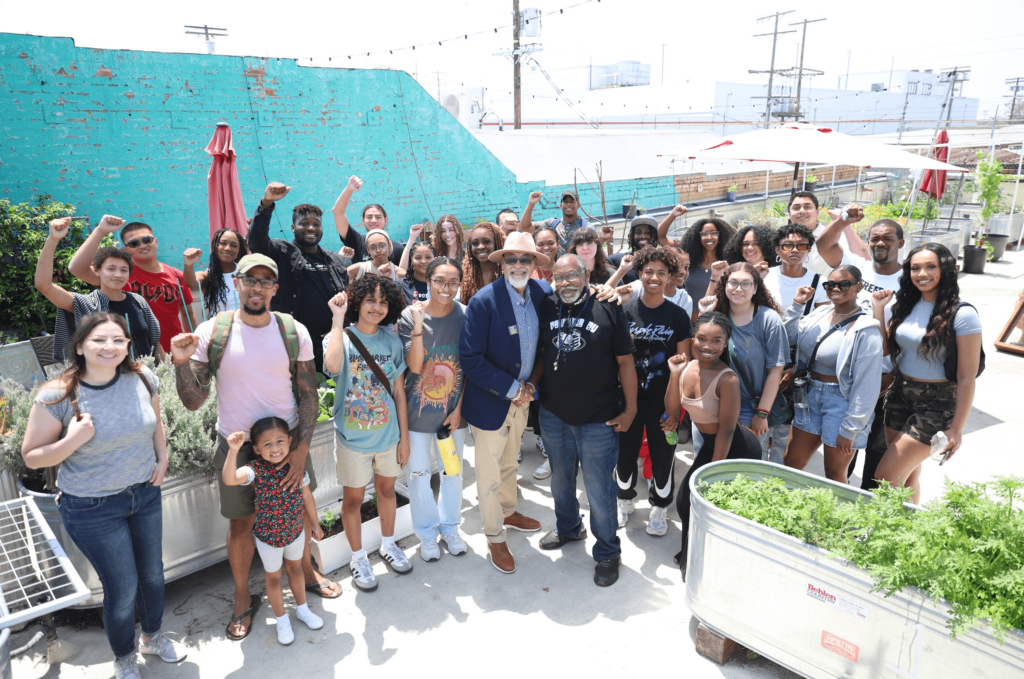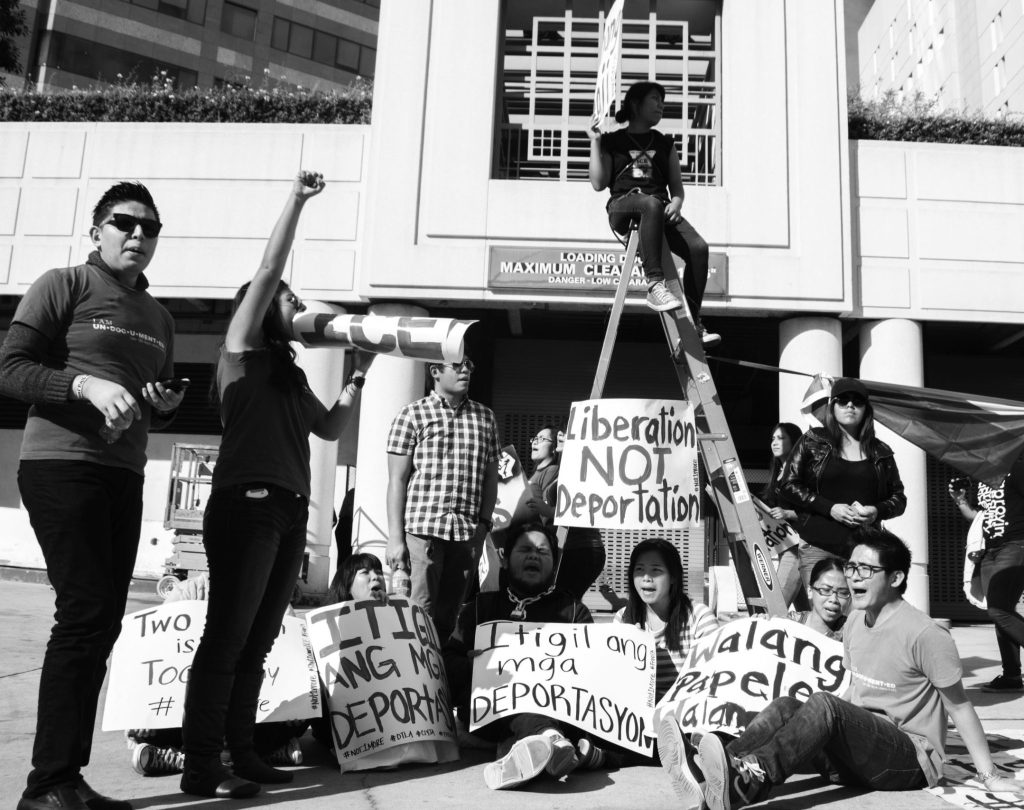The Black jobs crisis is alive and well in the Inland Empire, with Black workers having the highest unemployment rates and lowest median earnings across the region. To address this, the newly-formed Inland Empire Black Worker Center (IEBWC) has implemented a pre-apprenticeship program for IE Works—a consortium of water/wastewater utilities and community groups in the Inland Empire—that prioritizes the respect and dignity of Black workers while also preparing them for high road jobs in the water/wastewater sector.
Unlocking Potential: The Inland Empire Black Worker Center’s Transformative IE Works Program, a new report authored by the UCLA Center for the Advancement of Racial Equity (CARE) at Work at the UCLA Labor Center, showcases the results of this pioneering workforce development model. The program aims to provide stability, living wages, and a career path to support families utilizing a three-pronged approach: 1) internships for active college students, 2) pre-apprenticeship for those new to the trades, and 3) apprenticeship programs.
Since March of 2022, two pre-apprenticeship cohorts totaling to 23 participants have completed the program, and a third cohort is currently underway. A year after the first cohort’s graduation, 50% of the participants either have full time jobs or internships in the water sector. The program has a 95% completion rate.
Among other findings, the report notes:
- IEBWC’s IE Works pre-apprenticeship program has been a success both quantitatively as it relates to participant outcomes over time, as well as qualitatively as it relates to the experiences of the workers in the program itself.
- The report findings show the need for continued and deeper investment in Black worker center-anchored workforce development programs.
- The methods employed by IEBWC conveners is unique to their role as a Black worker center. This community-centered workforce development model, characterized by a strong sense of dignified and democratic community, wrap-around services, and strategic partnerships, makes this program both unique and successful.
Authors recommend:
- Developing a strong pathway to a full employment model for IE Works. The longevity of the pre-apprenticeships success is dependent on a full employment model that provides workers a clear pathway from pre-apprenticeship to full employment. Guaranteed/concurrent placement into an apprenticeship or internship program that leads to full time work is the ideal outcome that most participants are looking forward to for future participants.
- Prioritizing non-restrictive funds for increased stipends and wrap around support. Foundations and organizations with non-restrictive dollars looking to invest in this IEBWC model for workforce development should look to how their non-restrictive dollars can improve overall program experience and efficiency. Many participants are still working while in the program as the current $600 stipend does not cover 15 weeks worth of living and personal expenses. Securing non-restrictive dollars to cover these costs can not only improve experience, but open the program up to those who cannot afford to work and complete the program at the same time.
Related Reports
Essential Stories: Black Worker COVID-19 Economic Health Impact Survey (2022)
New Directions in Racial and Economic Justice: How California’s Worker Centers Are Bringing Worker Power into Workforce Development (2022)
Dismantling Disparity: Breaking Barriers to Employment (2021)
Reimagined Recovery: Black Workers, the Public Sector, and COVID-19 (2020)
Ready to Work, Uprooting Inequity: Black Workers in California (2017)
Ready to Work, Uprooting Inequity: Black Workers in Los Angeles County (2017)

